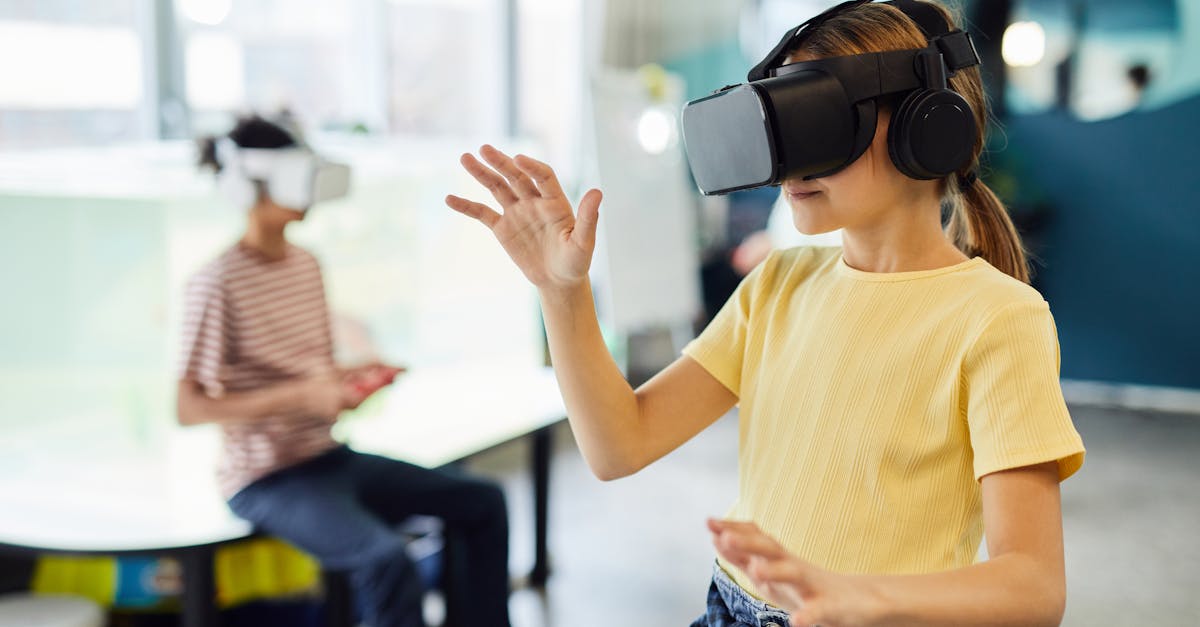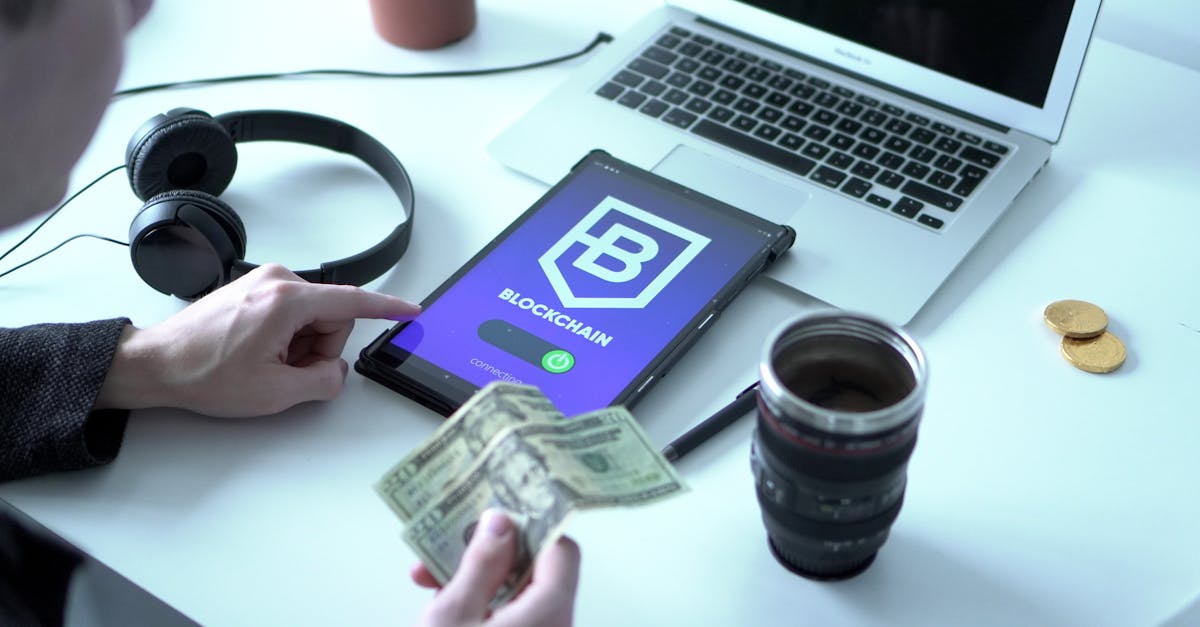The Impact of Technology on Modern Education
Introduction
In today's rapidly evolving world, technology has become an integral part of our daily lives, transforming various sectors, including education. The digital era is redefining how students learn, teachers teach, and schools operate. Traditional teaching methods are being replaced or supplemented by innovative approaches that harness the power of technology. From smart classrooms to online courses, the integration of digital tools has significantly changed the educational landscape. This article explores the profound impact of technology on modern education, highlighting key trends and exploring both the opportunities and challenges it presents.
Advertisement
Interactive Learning Experiences
Interactive learning is one of the most exciting technological advancements in education. Digital tools such as interactive whiteboards, educational apps, and virtual reality (VR) have made learning more engaging and personalized. Students can now experience history lessons by "walking" through ancient cities using VR, or test their calculus skills using gamified math apps. This hands-on approach not only enhances comprehension but also significantly increases student engagement. Moreover, adaptive learning software tailors instructional content to a student's learning pace, ensuring no one is left behind. These tools transform the classroom into a dynamic environment, fostering curiosity and exploration.

Vanessa Loring/Pexels
Advertisement
Online Learning Platforms
The rise of online learning platforms has democratized education, making it accessible to anyone with an internet connection. Platforms like Coursera, Khan Academy, and Udemy offer courses ranging from computer science to art history. These platforms have broken geographical barriers, enabling students worldwide to access quality education from top institutions. Online courses allow for flexible learning, accommodating diverse schedules and learning styles. Furthermore, they provide opportunities for lifelong learning, encouraging professionals to continually update their skills in an ever-changing job market.
Advertisement
Flipped Classroom Model
The "flipped classroom" model is gaining popularity thanks to technological advancements. In this approach, students learn new content at home through video lectures or reading materials and engage in interactive activities in class. This model shifts the focus of classroom time from traditional lectures to collaborative problem-solving sessions. Teachers can use technology to track student progress and tailor in-class activities accordingly. By allowing students to control their learning pace, the flipped classroom model fosters a deeper understanding of the subject matter and encourages active participation.
Advertisement
Collaboration in the Digital Classroom
Technology has revolutionized collaboration, breaking down the walls of traditional classrooms. Tools like Google Classroom and Microsoft Teams facilitate seamless communication and collaboration among students, teachers, and parents. Students can work on group projects in real-time, accessing shared documents and resources anytime, anywhere. This collaborative environment encourages teamwork and communication skills—qualities valued in the modern workplace. Teachers can easily share assignments, feedback, and resources, fostering a supportive learning community.
Advertisement
Data-Driven Decision Making
Data analytics is transforming education by enabling educators to make informed decisions about teaching strategies and student support. Learning management systems collect vast amounts of data, tracking student behavior and performance. This data offers insights into students' strengths and weaknesses, allowing teachers to develop targeted interventions. Schools can also use analytics to measure the effectiveness of their programs and allocate resources efficiently. By harnessing the power of data, educators can create more personalized learning experiences, ensuring that each student receives the support they need to succeed.
Advertisement
Challenges in Integrating Technology
Despite the numerous benefits, integrating technology into education presents several challenges. One significant barrier is the digital divide, where students from low-income backgrounds may lack access to essential devices and internet connectivity. Additionally, there's the risk of over-reliance on technology, which may impact students' social skills and face-to-face communication abilities. Teachers also require adequate training to effectively use digital tools in their teaching. It's crucial for educational institutions to address these challenges in order to create an equitable and inclusive digital learning environment.
Advertisement
The Future of Education: AI and Blockchain
Artificial intelligence (AI) and blockchain technology are poised to further transform the education sector. AI can personalize learning experiences by analyzing student data and offering customized resources. Chatbots and virtual teaching assistants can provide instant support, freeing teachers to focus on more complex tasks. Meanwhile, blockchain technology ensures secure and transparent record-keeping, facilitating the transfer of academic credentials across institutions and employers globally. These technologies promise to make education more efficient, transparent, and accessible.
Advertisement
Global Impact and Cultural Exchange
Technology has ushered in an era of global classrooms, where students can connect and collaborate with peers from different cultural backgrounds. Virtual exchange programs and international projects broaden students' perspectives, promoting cultural understanding and empathy. Language barriers are minimized through translation technologies, and diverse voices contribute to a richer learning experience. This global interconnectedness prepares students for a multicultural world, equipping them with the skills to navigate diverse environments. By fostering cultural exchange, technology enriches education beyond traditional borders.
Advertisement
Conclusion
In conclusion, technology has revolutionized modern education, offering innovative solutions to age-old challenges while creating new opportunities for growth. Whether through interactive tools, online platforms, or AI-driven personalization, digital technology enriches learning experiences for students and educators alike. However, successful integration requires addressing challenges like the digital divide and ensuring adequate teacher training. As technology continues to evolve, educational institutions must adapt to remain relevant and inclusive. Ultimately, technology in education is not just about digital tools but about creating a world of learning opportunities for everyone, regardless of their background.
Advertisement

